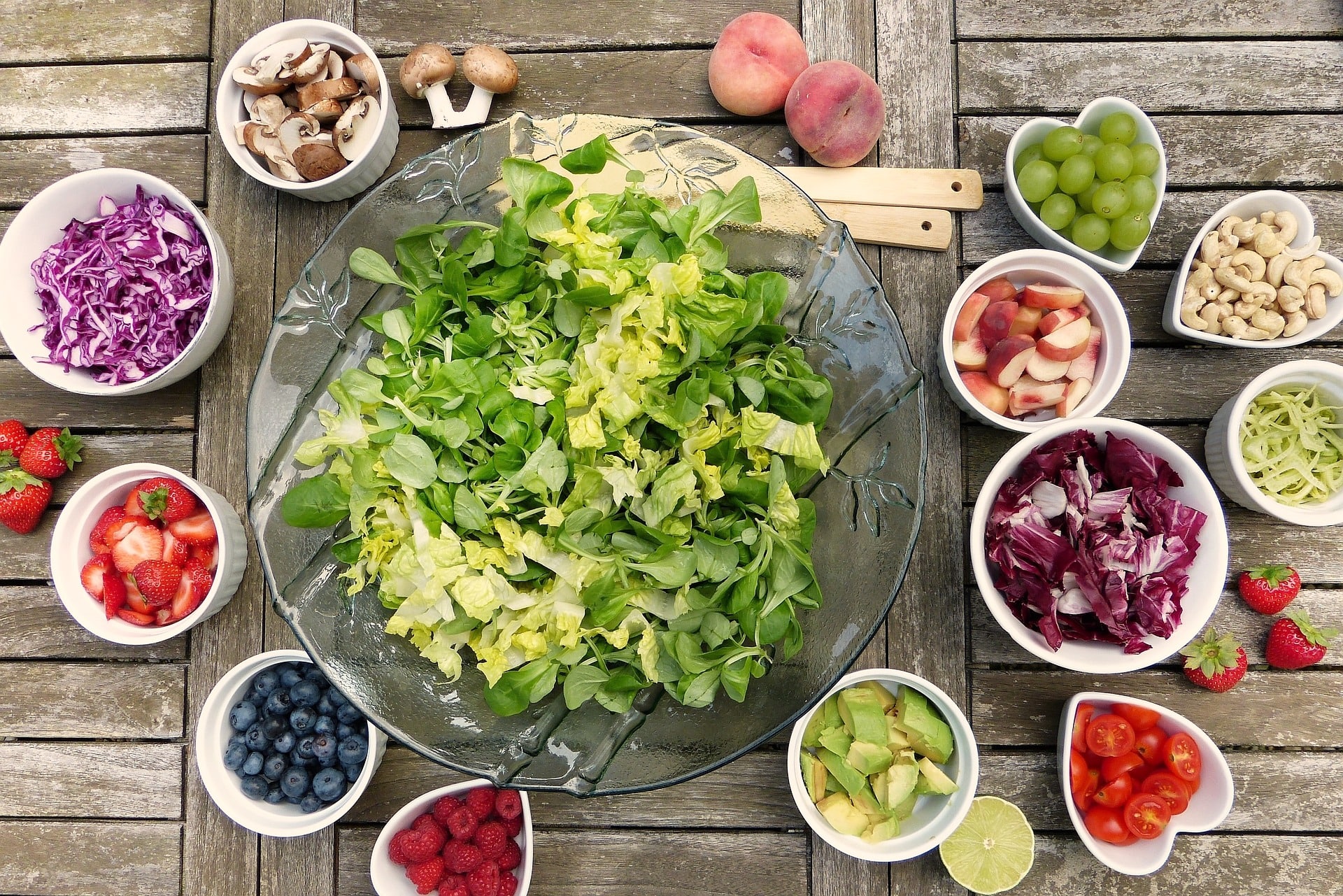Can mindfulness be useful for difficulties with food and eating habits? Many think so. Here is an exercise I came across years ago that may help you slow down, name your experience, start to tune into your body and be thoughtful about how you nourish yourself.
For this approach, at first, try using a small portion of food, like a piece of fruit, or a small bite-size piece of bread or chocolate. It is also lovely to savor a morning beverage in this way. Whole fruits, like oranges or apples, work well as your practice of mindfulness related to food advances.
Try this practice at a time when you are not feeling super hungry. Take your time with each step and use this exercise as an experiment. Taking a simple breath between steps can help you stay focused and present. See if you can learn something new about yourself and eating.
- Become aware of looking at the food — you may mentally note “seeing, seeing,” as you look at it. Use a few moments to notice your experience of looking at the food. If other thoughts come or something disturbs you, pause, take a simple breath and release it slowly, letting any thoughts rise and fall. Return your attention to your breath or the experience of looking.
- After noticing your process of looking, you can observe your state of mind — what is your state mind? You may notice the desire to reach for the food, the craving perhaps for pleasant taste, or something else. Note or name your state of mind. For example, “wanting.”
- Then, wait or look for an impulse to move toward the food you are looking at. For example, note the intention to reach out your hand and move it out mindfully. Use your awareness to follow the sensations, thoughts and feelings that are arising and passing away in the stretching of that hand. You may mentally note “reaching.”
- Continue in this way. Noticing and then naming your state of mind or action to yourself. You may note “touching” and “lifting” up a piece of food. You may note “smelling” and then “placing” the bit of food in your mouth, then “tasting” and “chewing”. You may also be aware of more discreet sensations of biting, or of texture and temperature.
- As you note “smelling” , “tasting” and “chewing,” you may become aware of the food as pleasant, unpleasant, or neutral. Again if thoughts come return to the breath and the physical act of chewing or tasting.
- Take note of subtle mental reactions, associations or experiences towards the smell, texture or taste. These are more marginalized senses than vision and hearing. We tend to glide over them but they offer important ways to enrich our experience of food.
- You may note the desire or “wanting” for the more pleasant taste or aversion to unpleasant taste. Accept this and focus on the sensation you are having in your body versus your evaluation of it as good or bad. For example, if you are taste something bitter, get curious and see if you can detect more subtlety in the bitterness. Where do you taste the bitterness in your mouth? Is there an after taste that is different than the initial impression you had? Is there a pungent or stringent quality? Try to deepen your experience of what you taste by using your awareness more.
- You may also broaden the lens of attention and consider your state of mind while eating: are you aware of craving or greediness? Am I thinking, planning, re-living conversations, critiquing the food? What am I doing with my mind other than experiencing the food? Can I shift my attention to focus more completely on the food? Don’t force your awareness but try gently to expand or focus it on the taste, smell, texture, temperature, consistency, etc…
- If you like, make some written notes of what you experienced and learned. Did you find something new in your experience? Did you learn something? If so, reflect on that new learning or experience and express a simple gratitude for that awareness.
